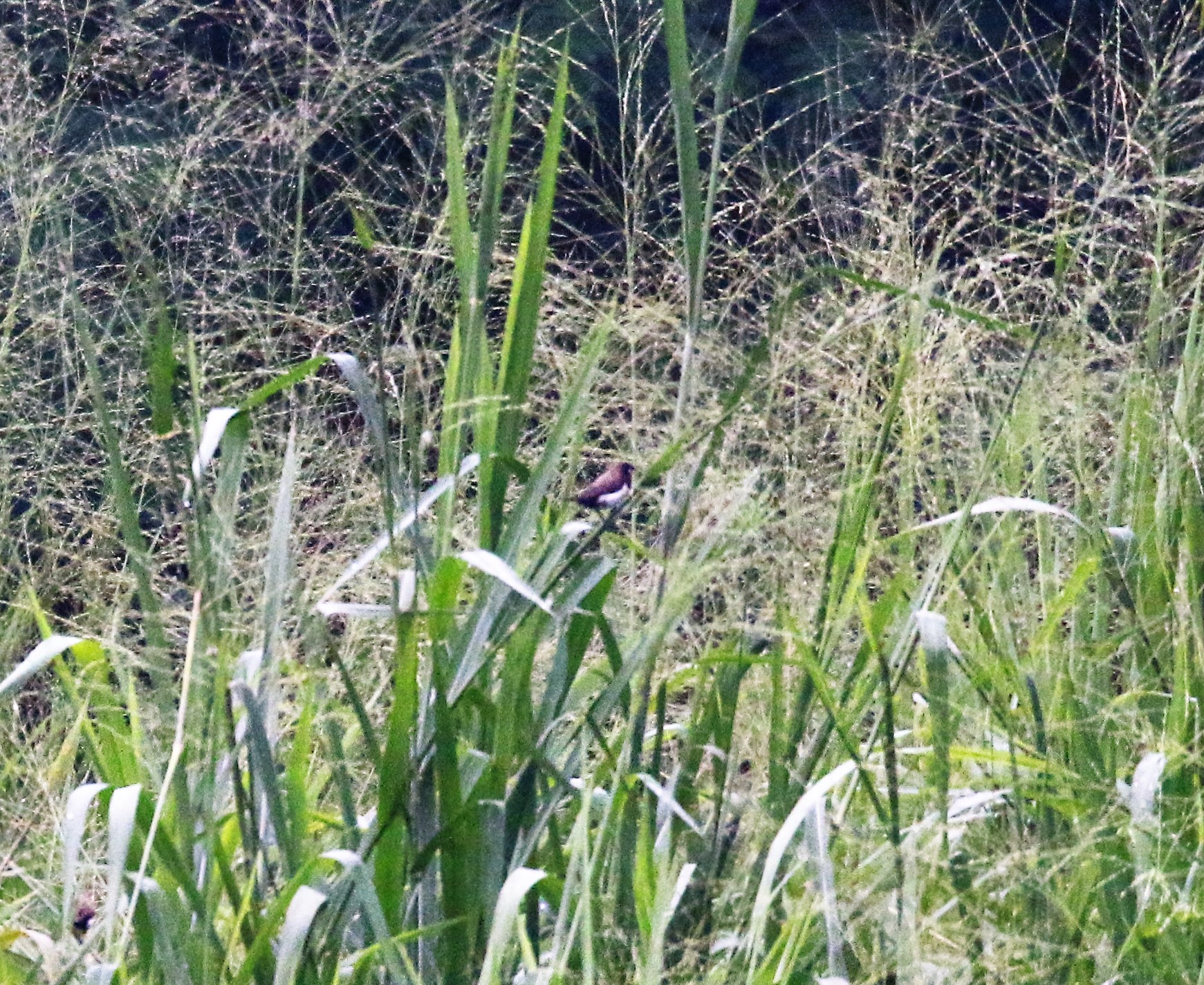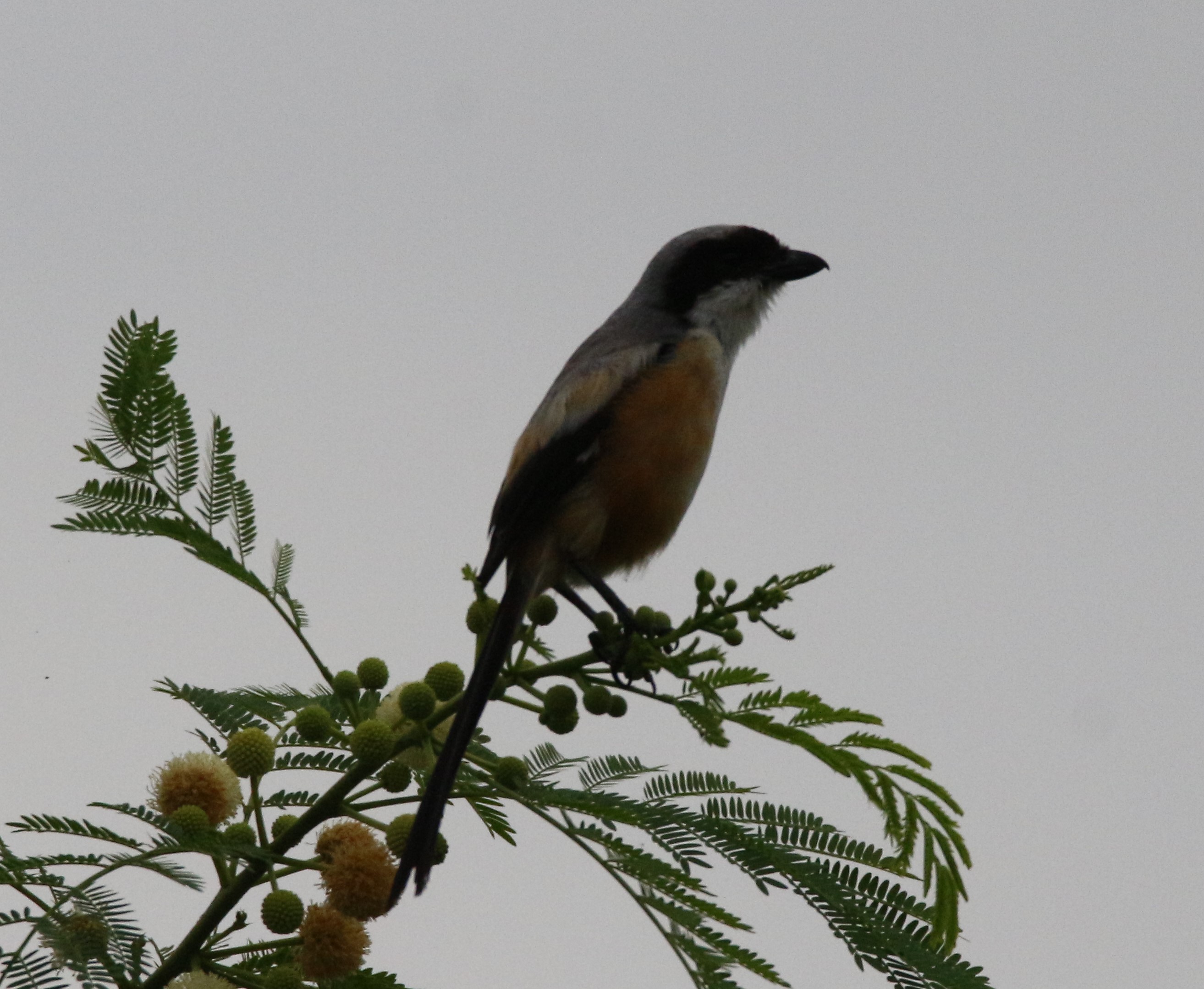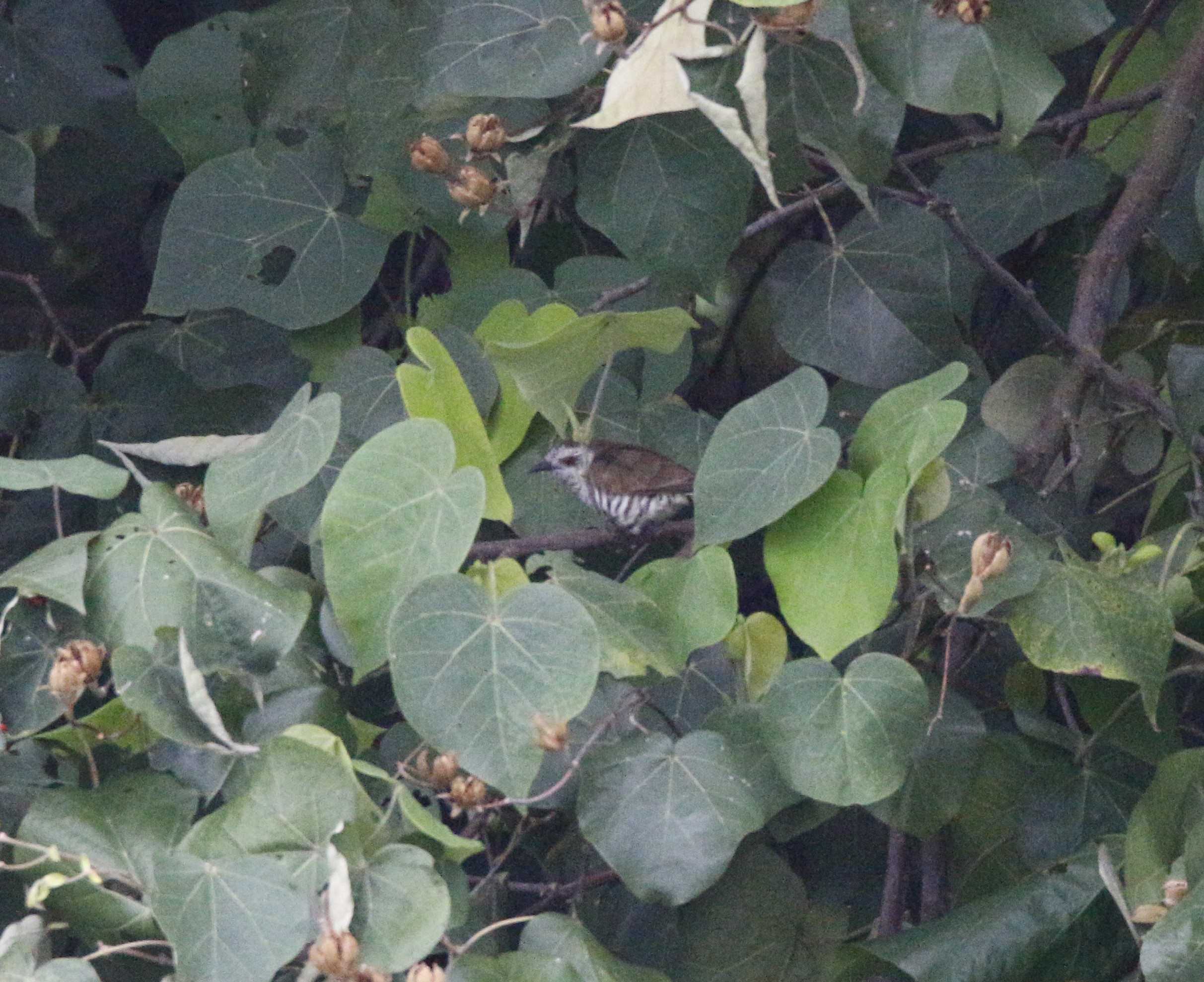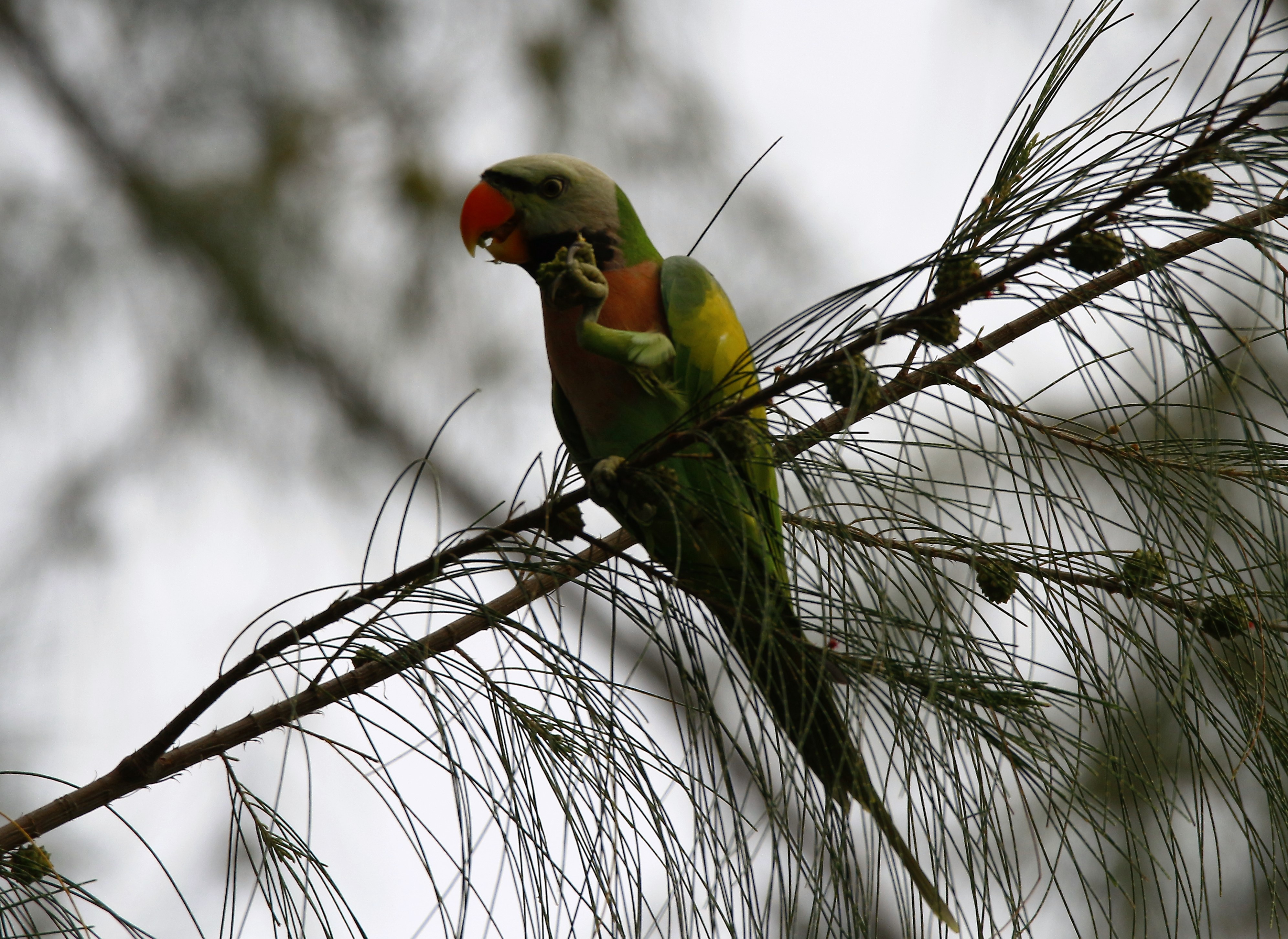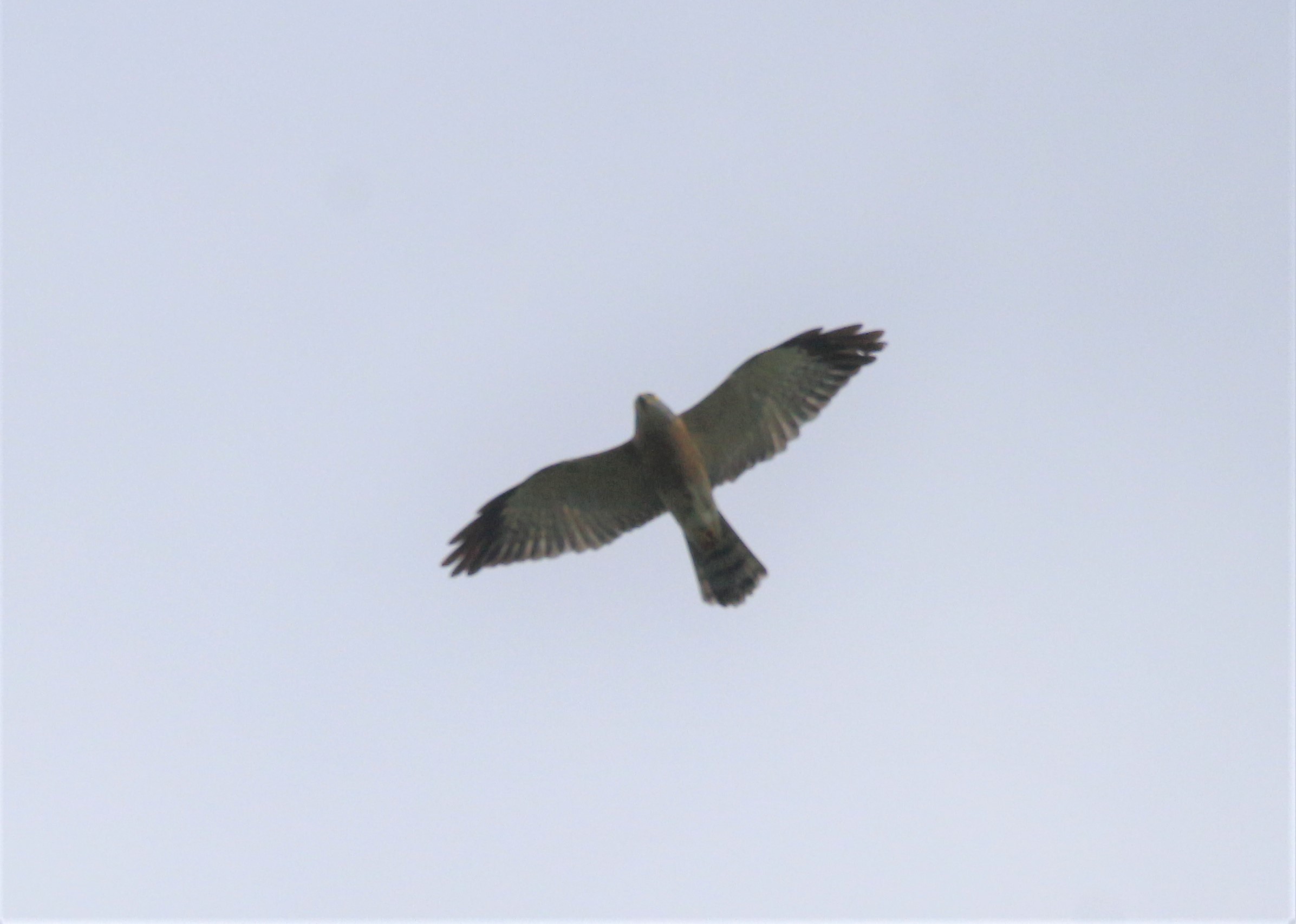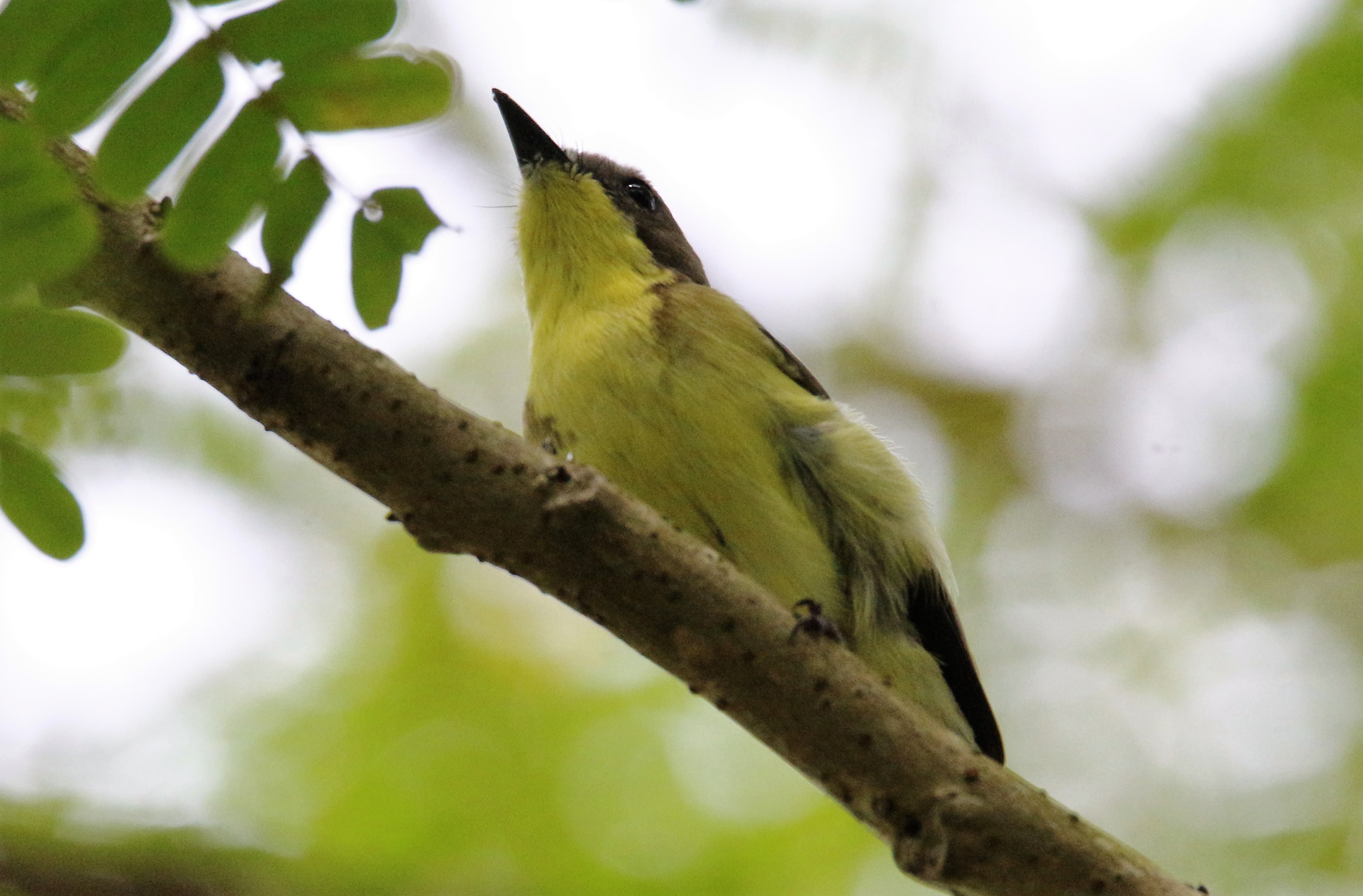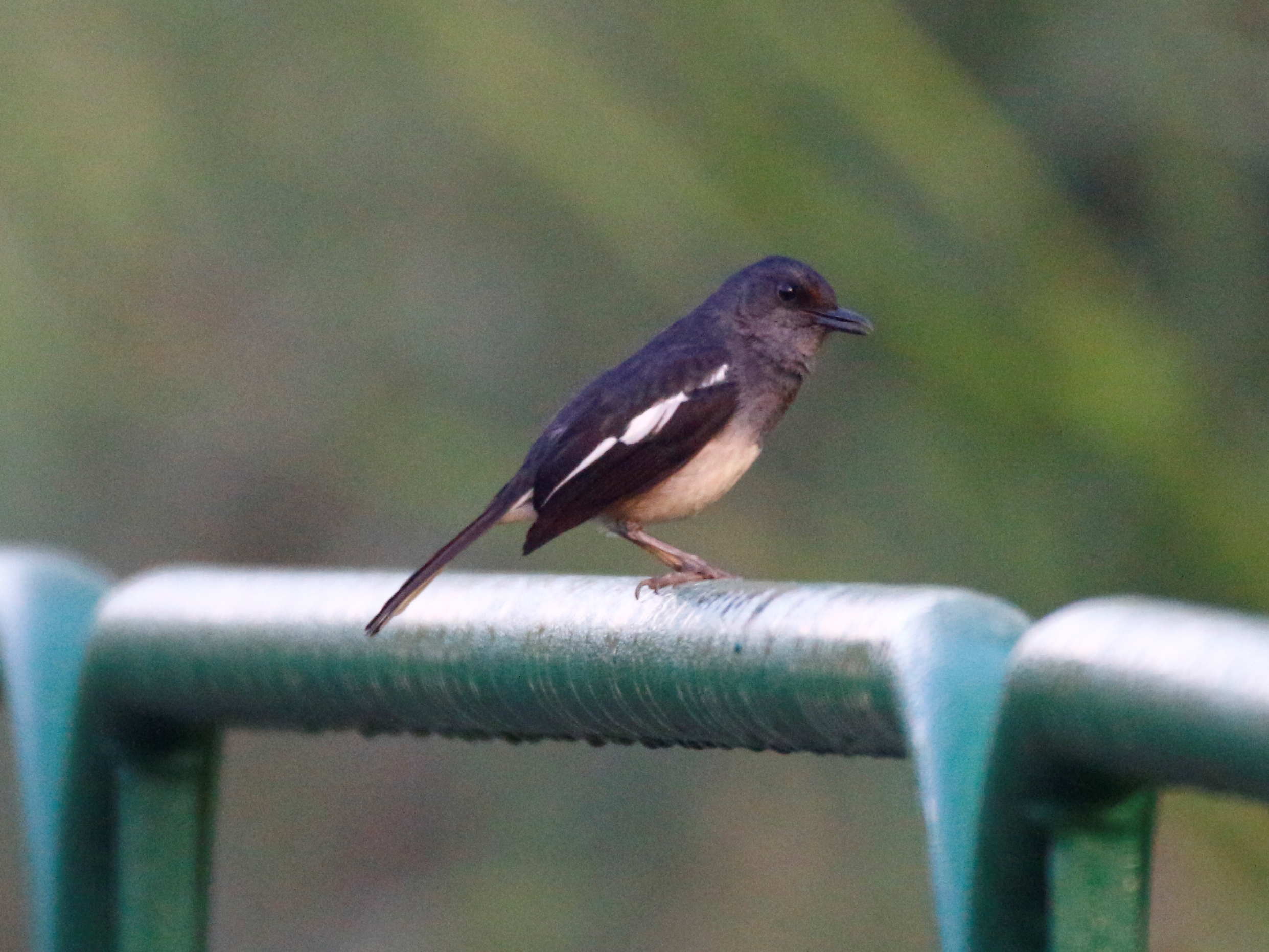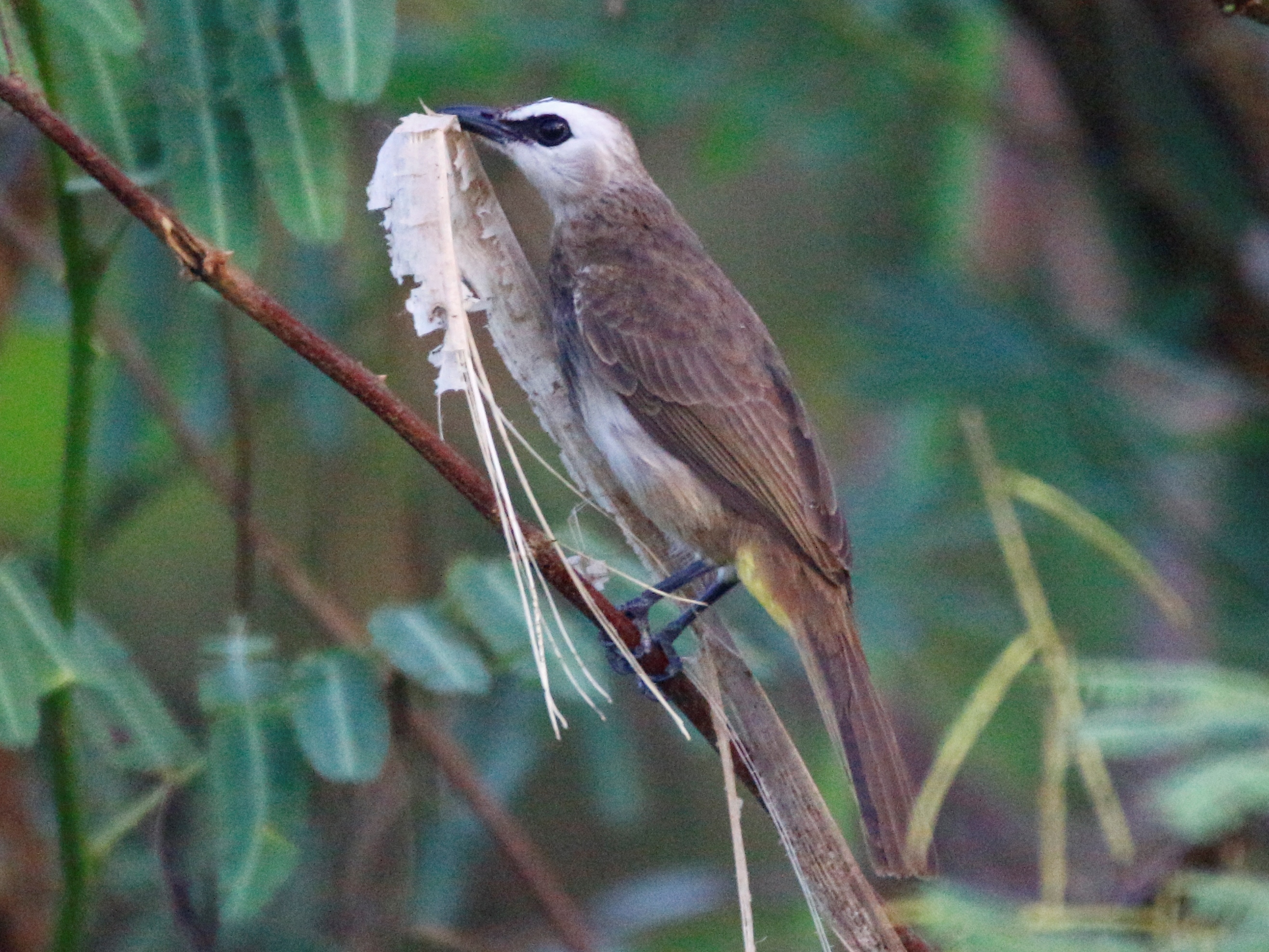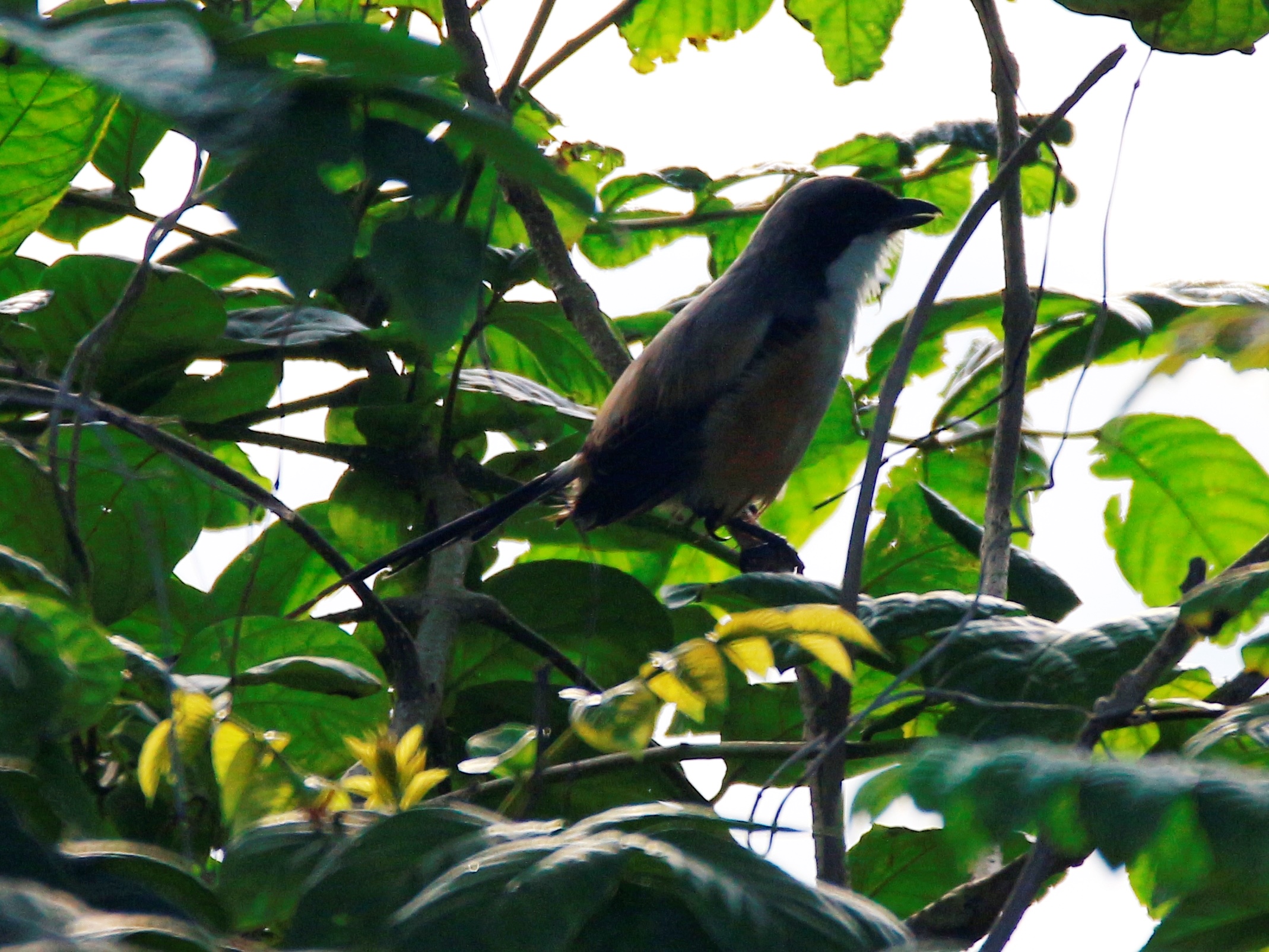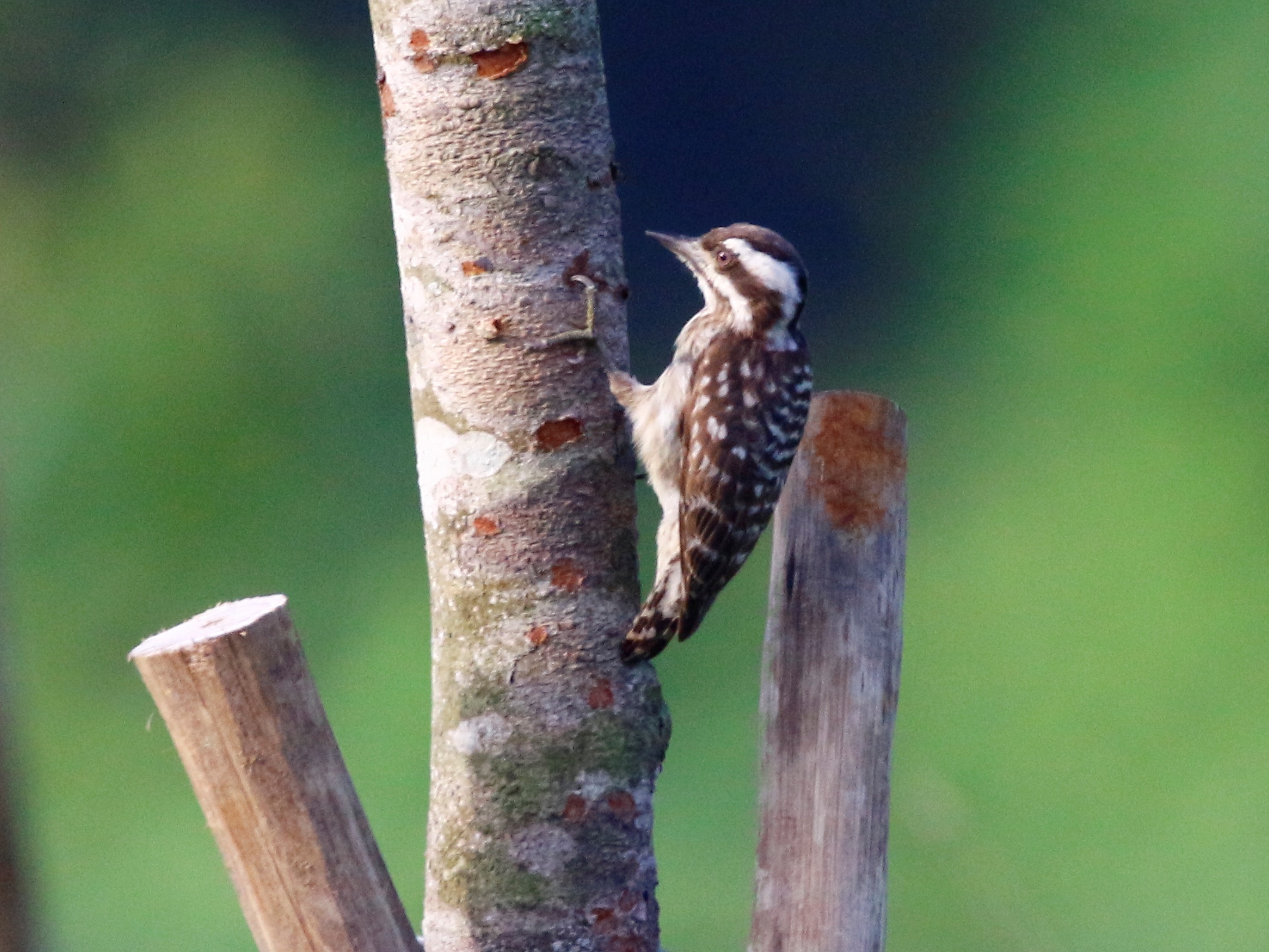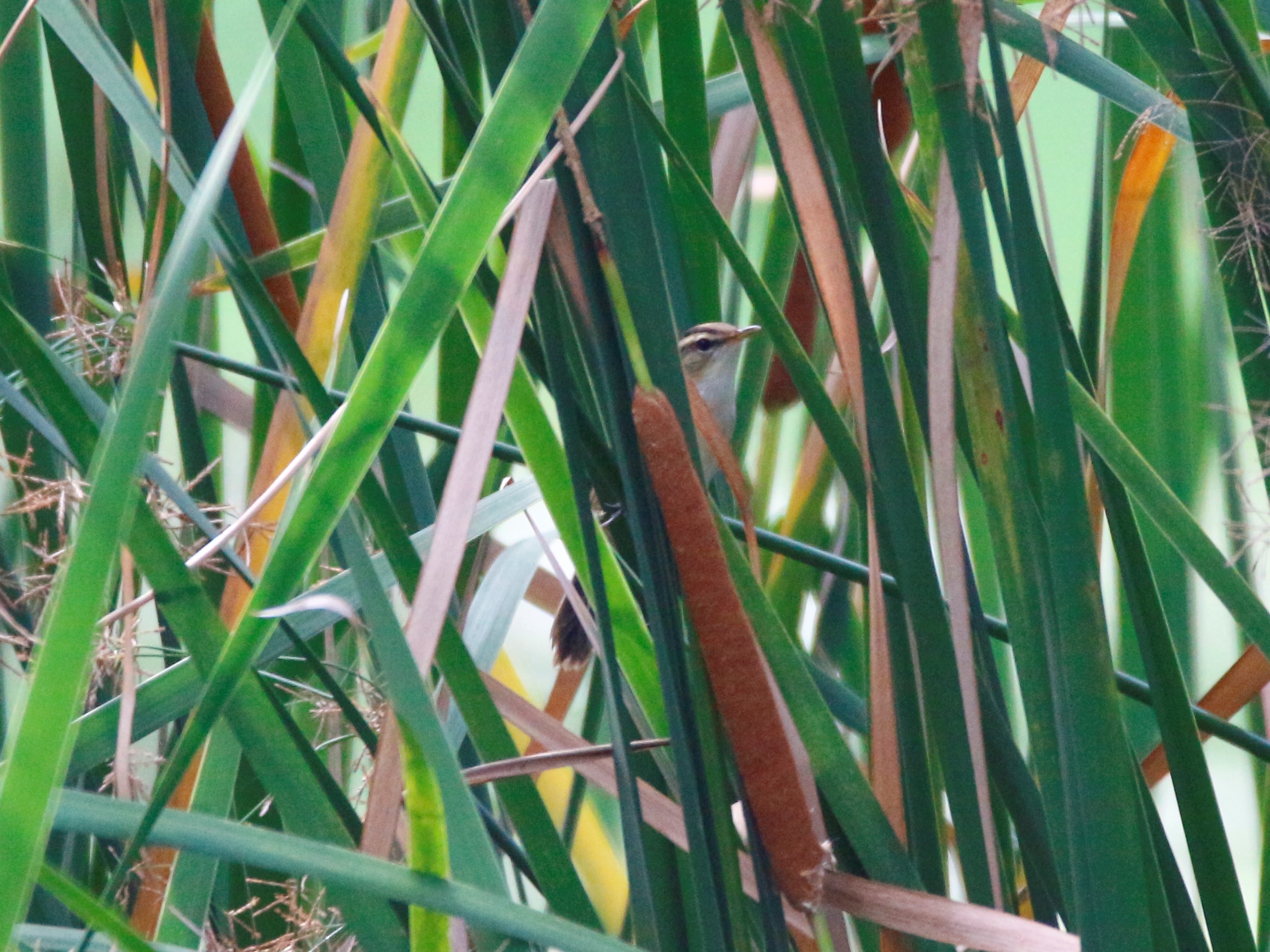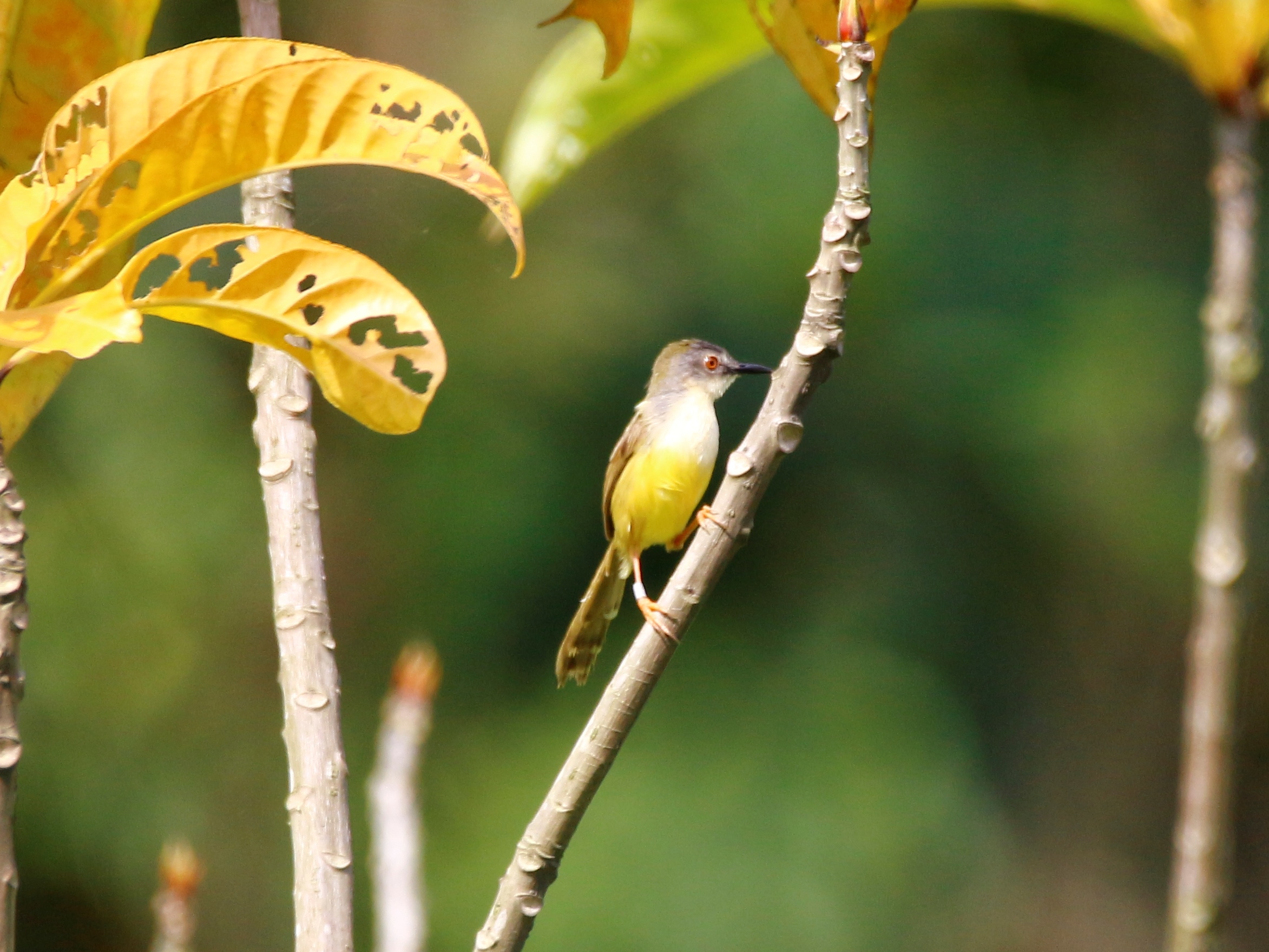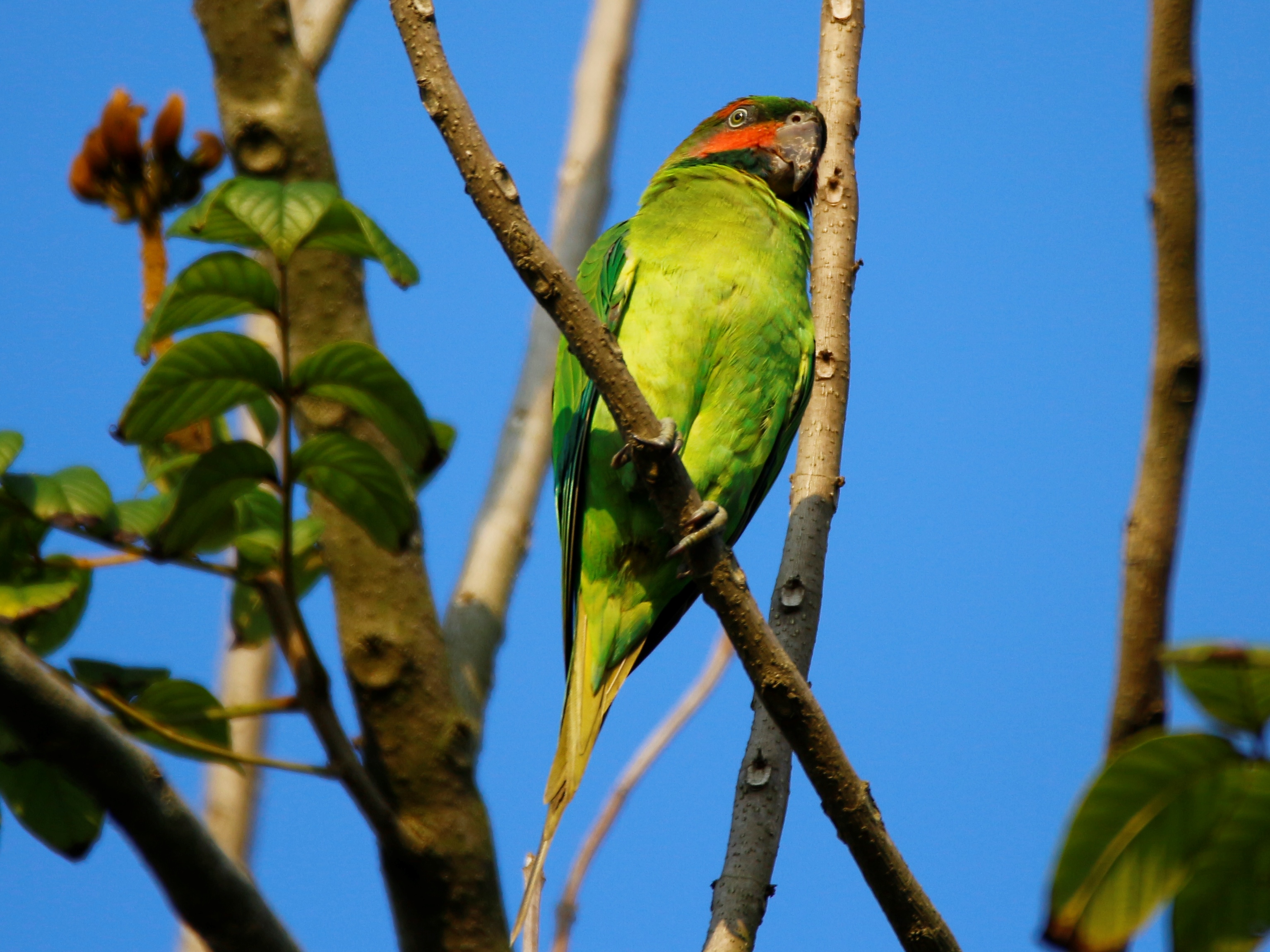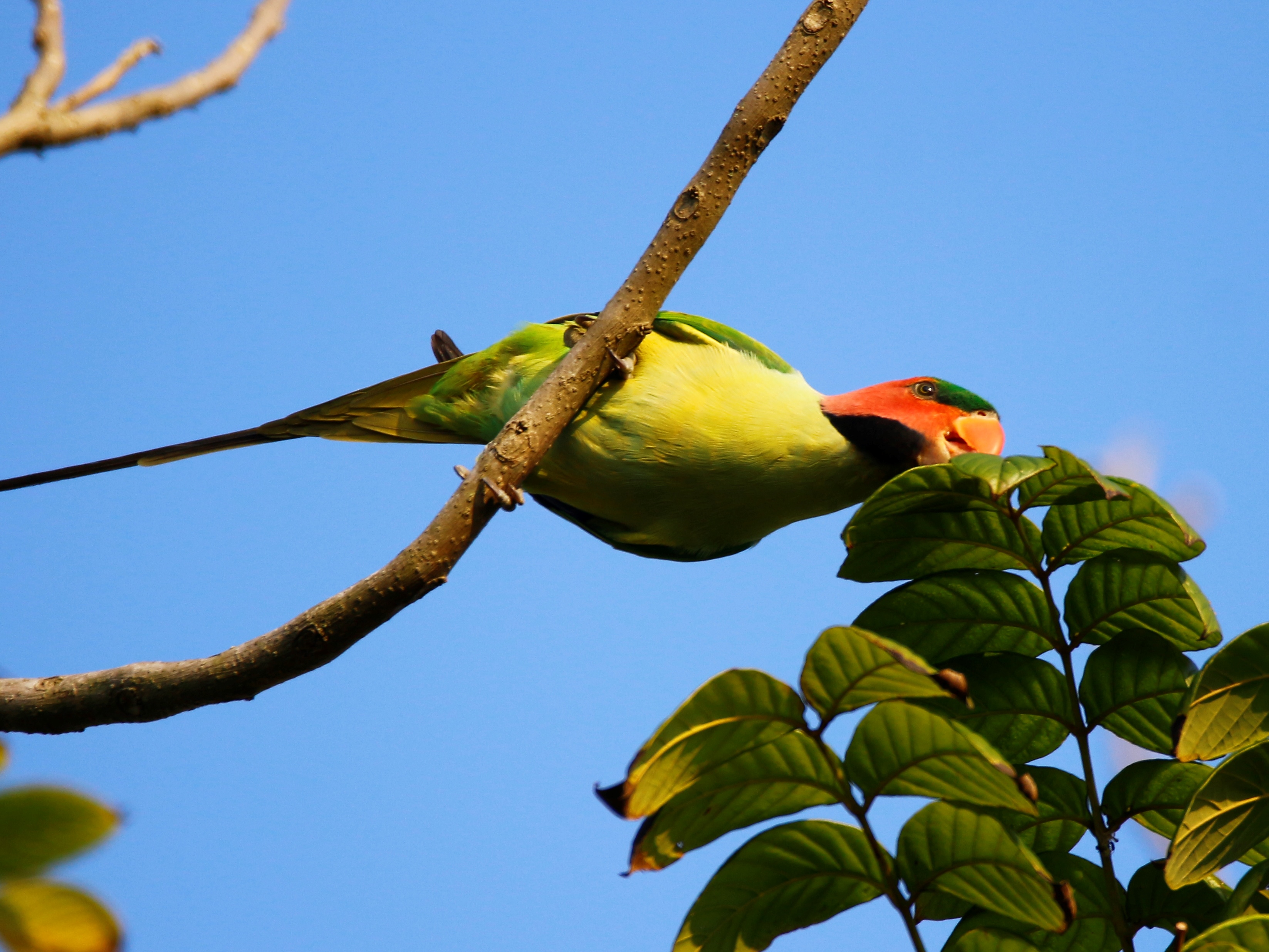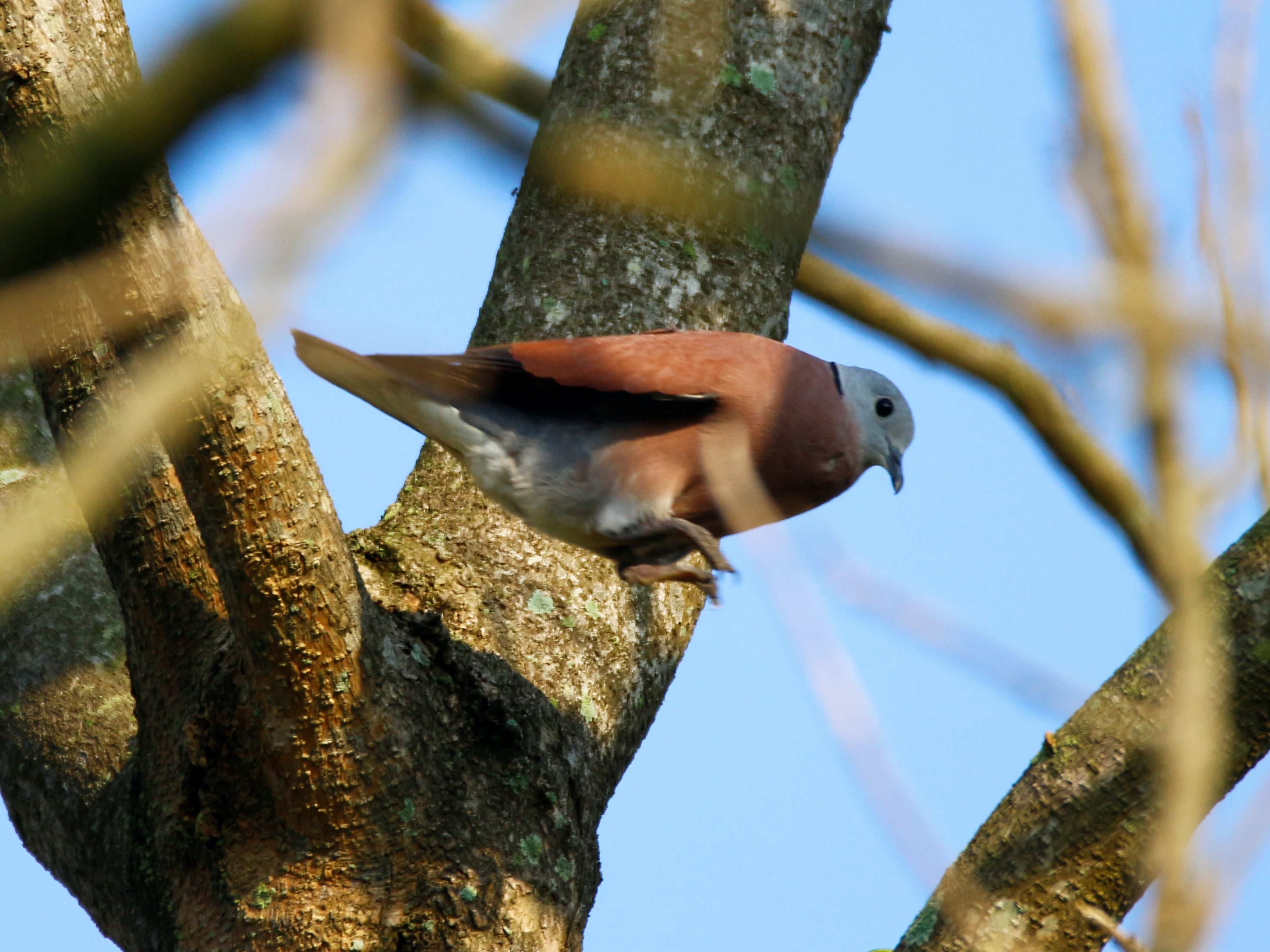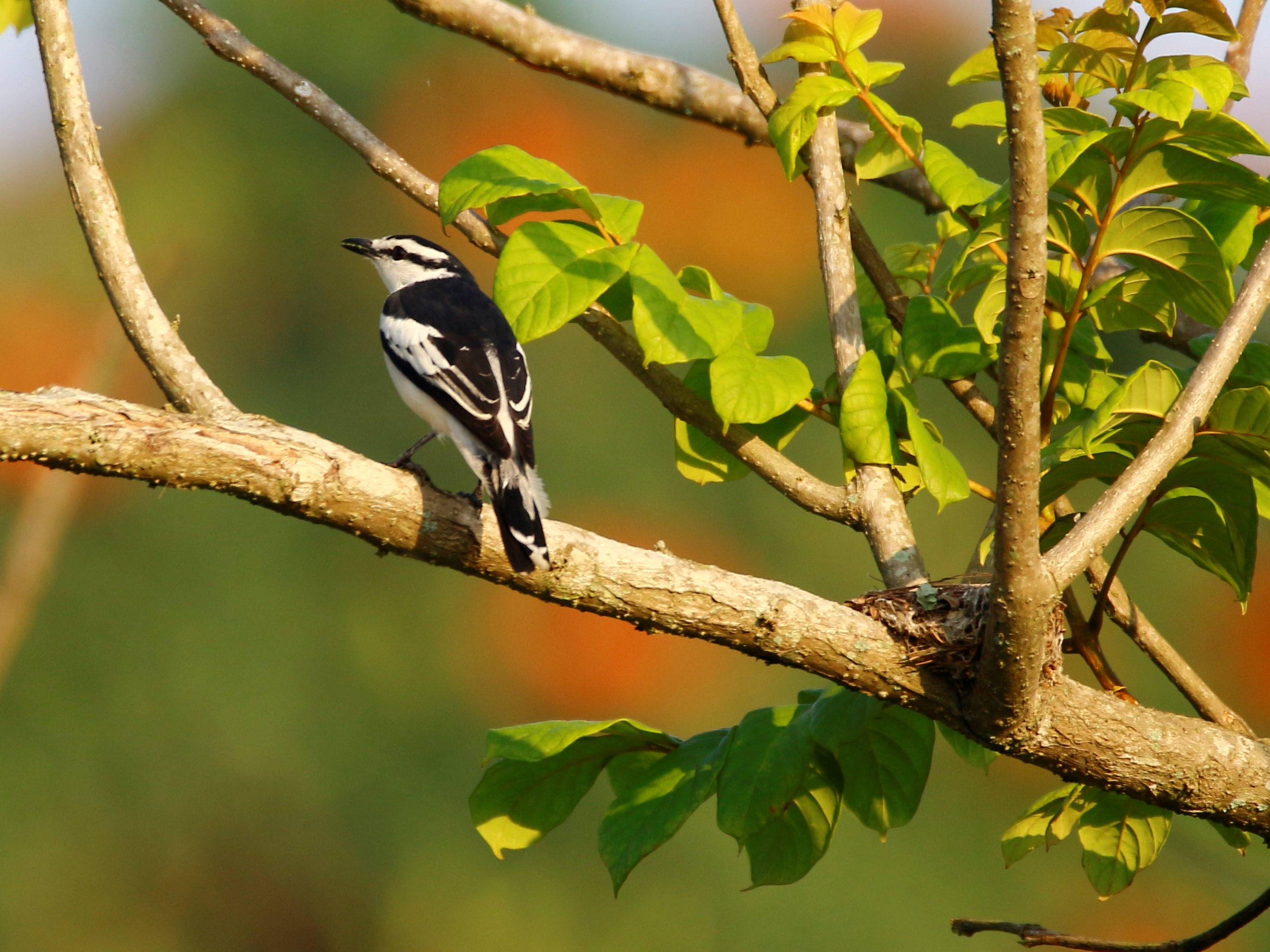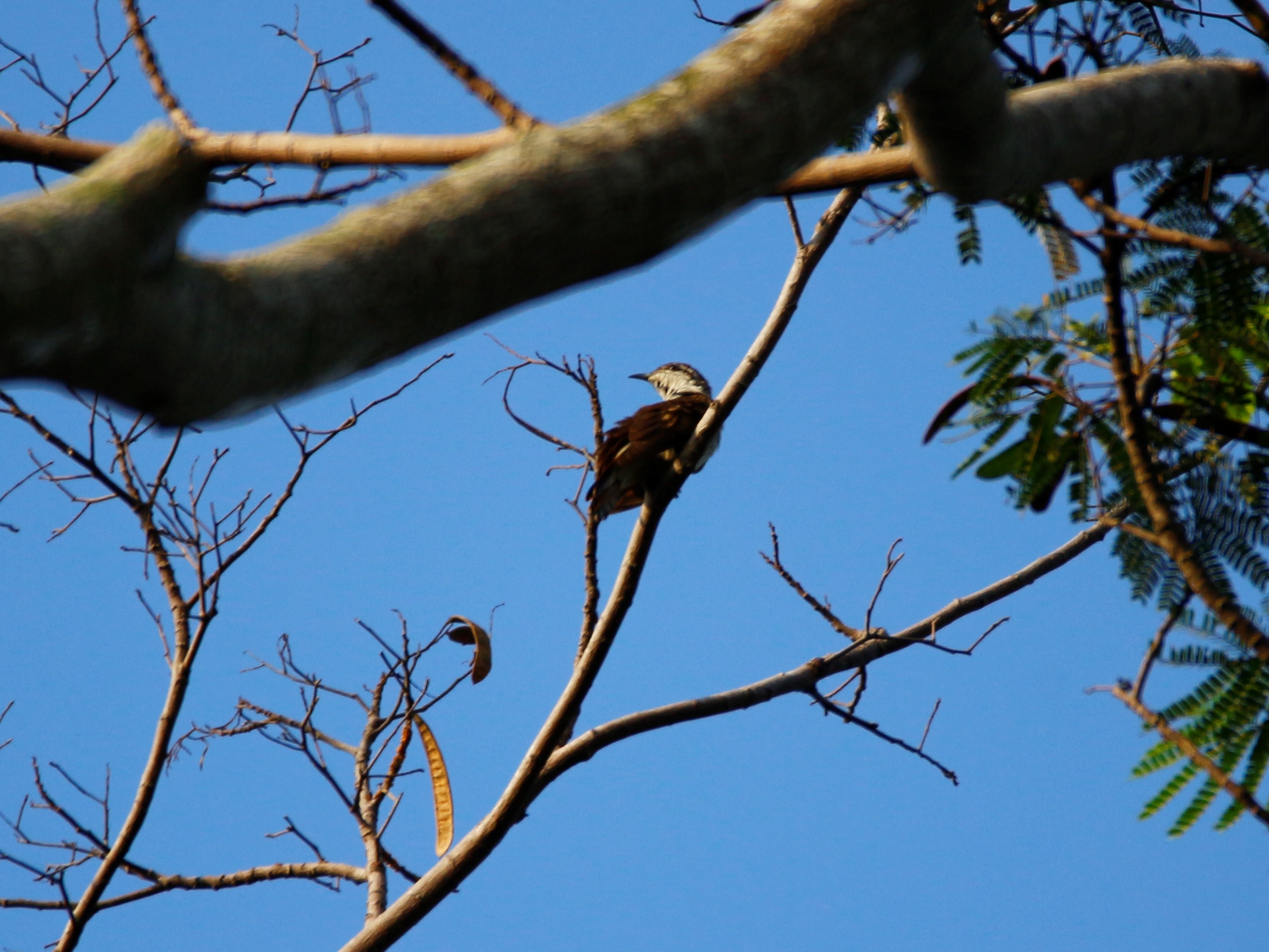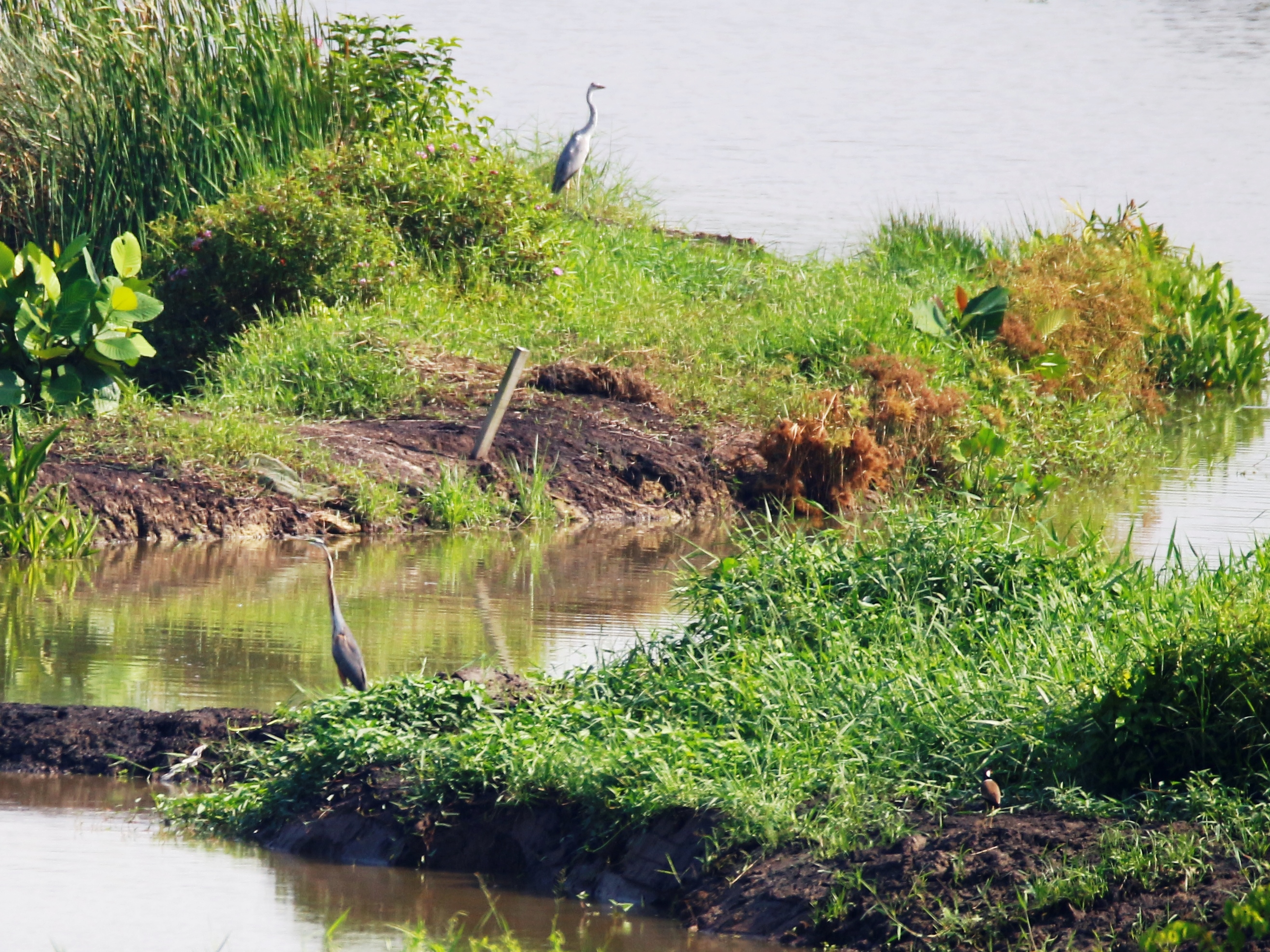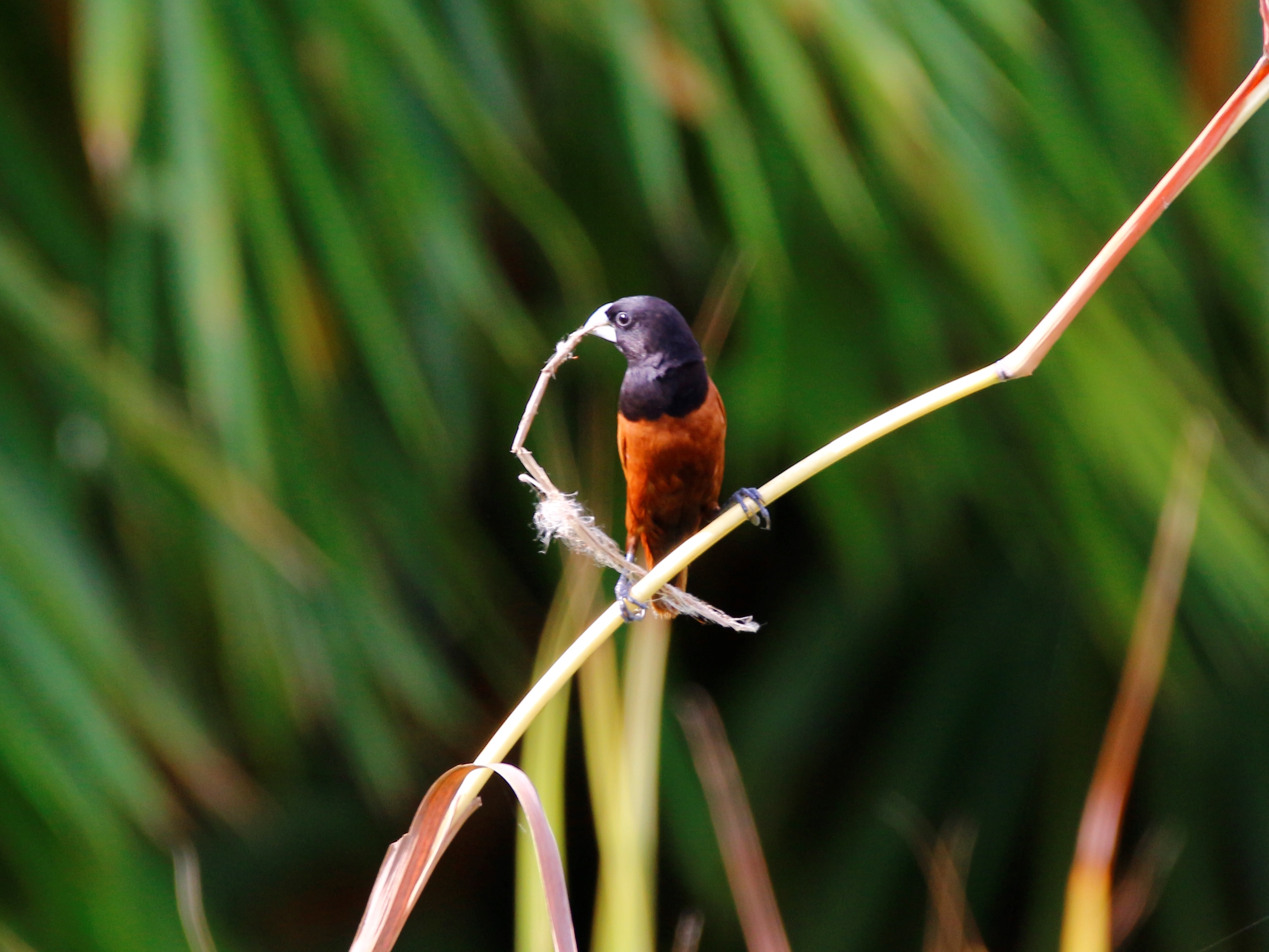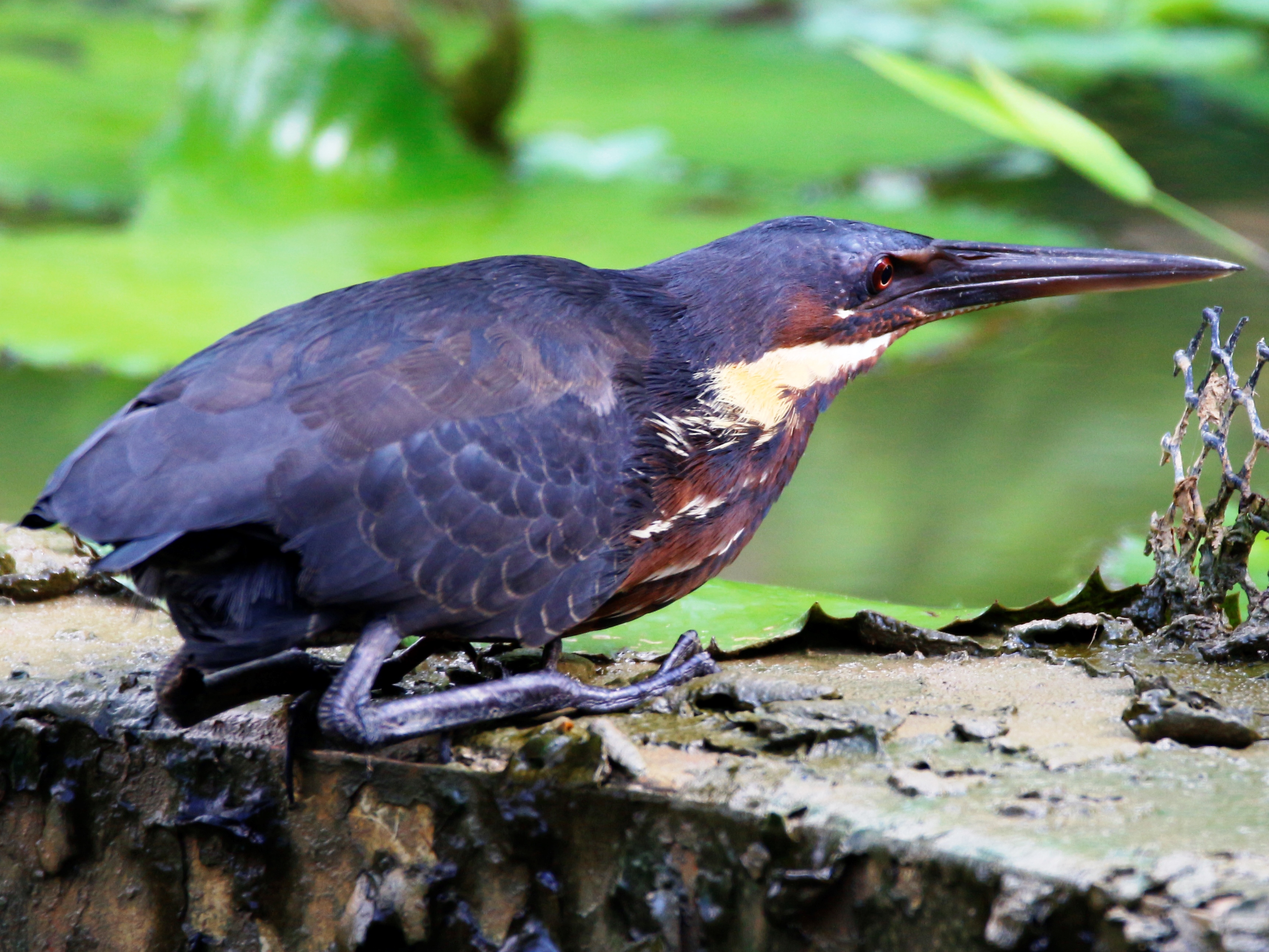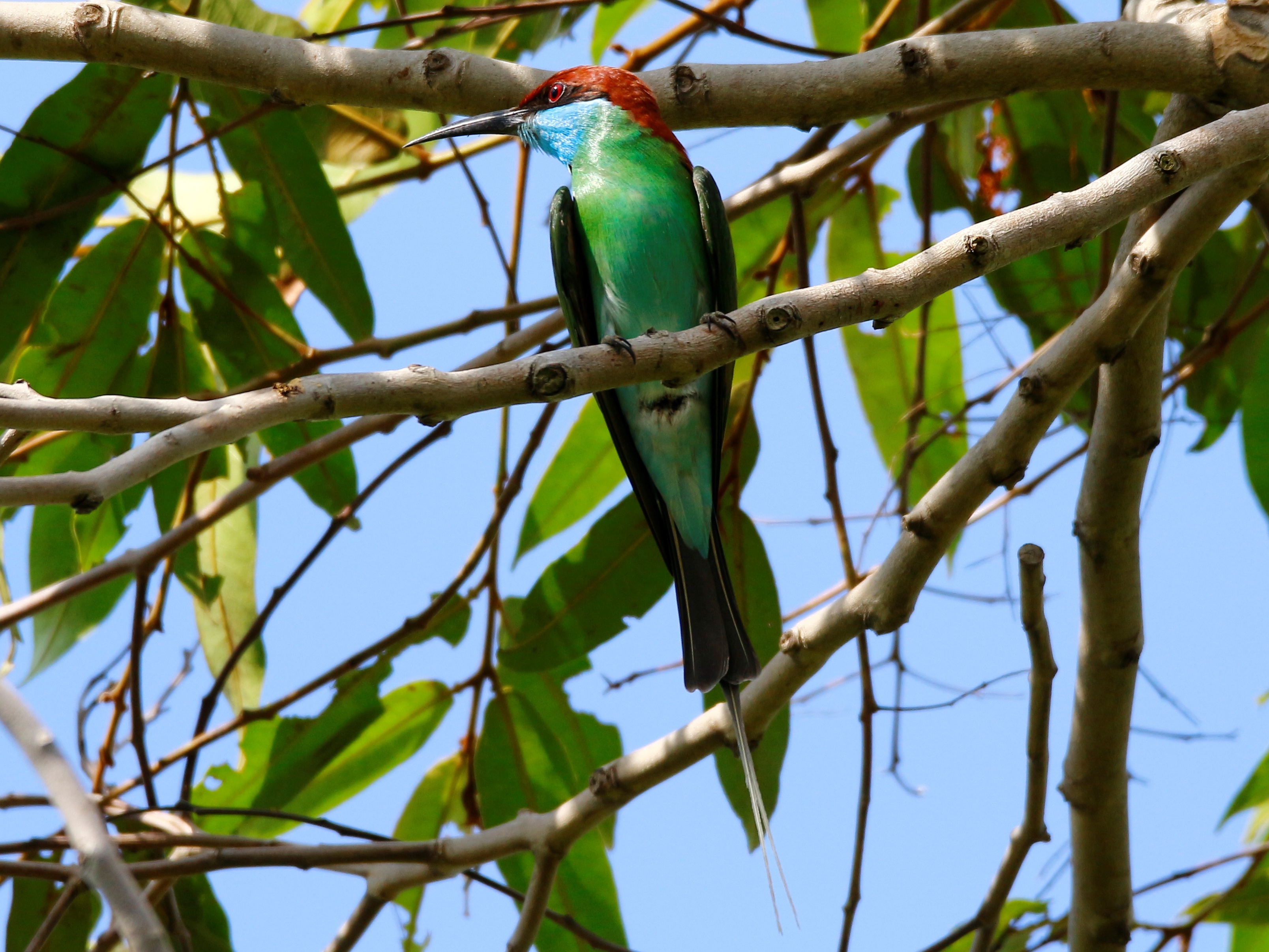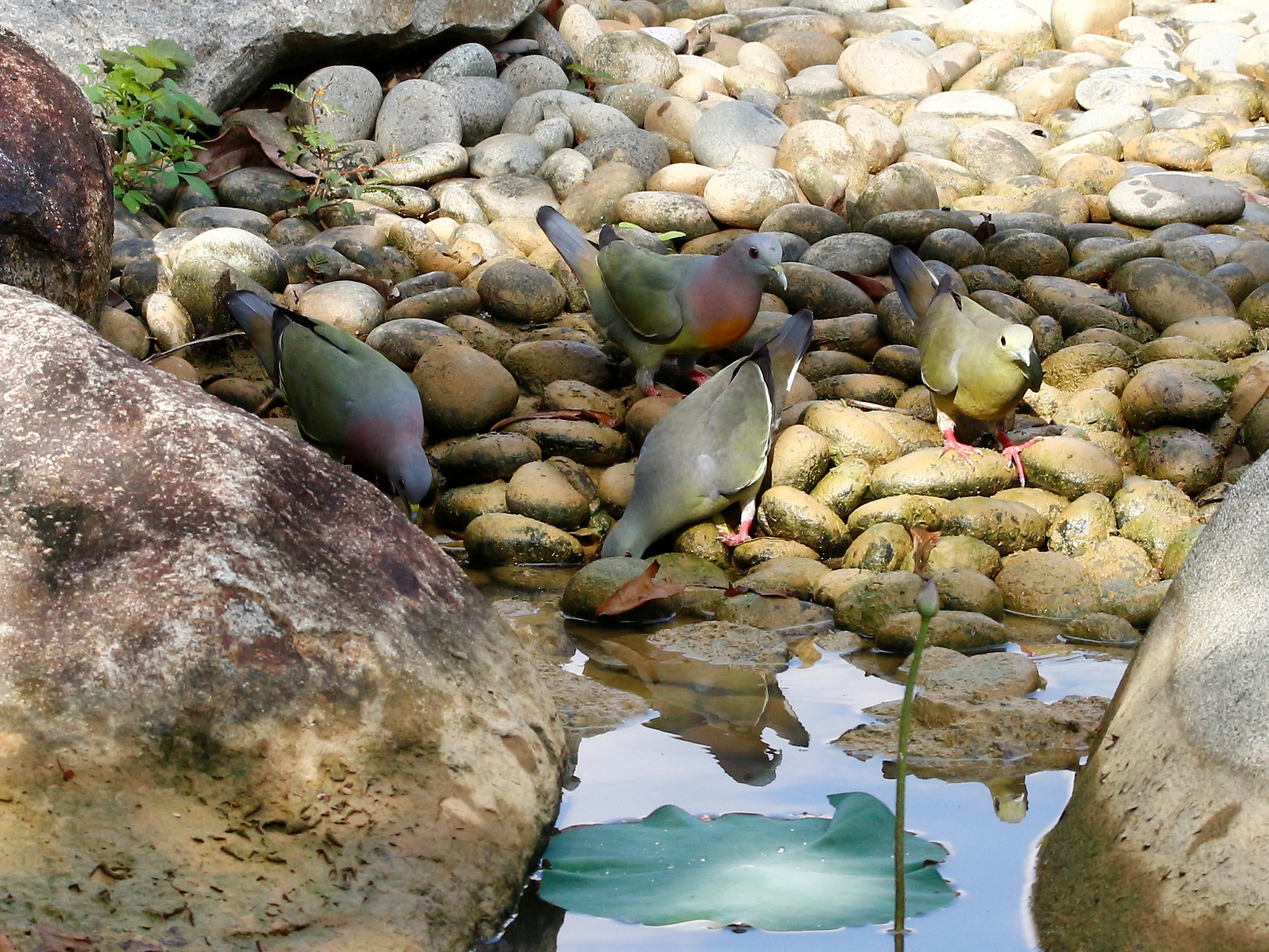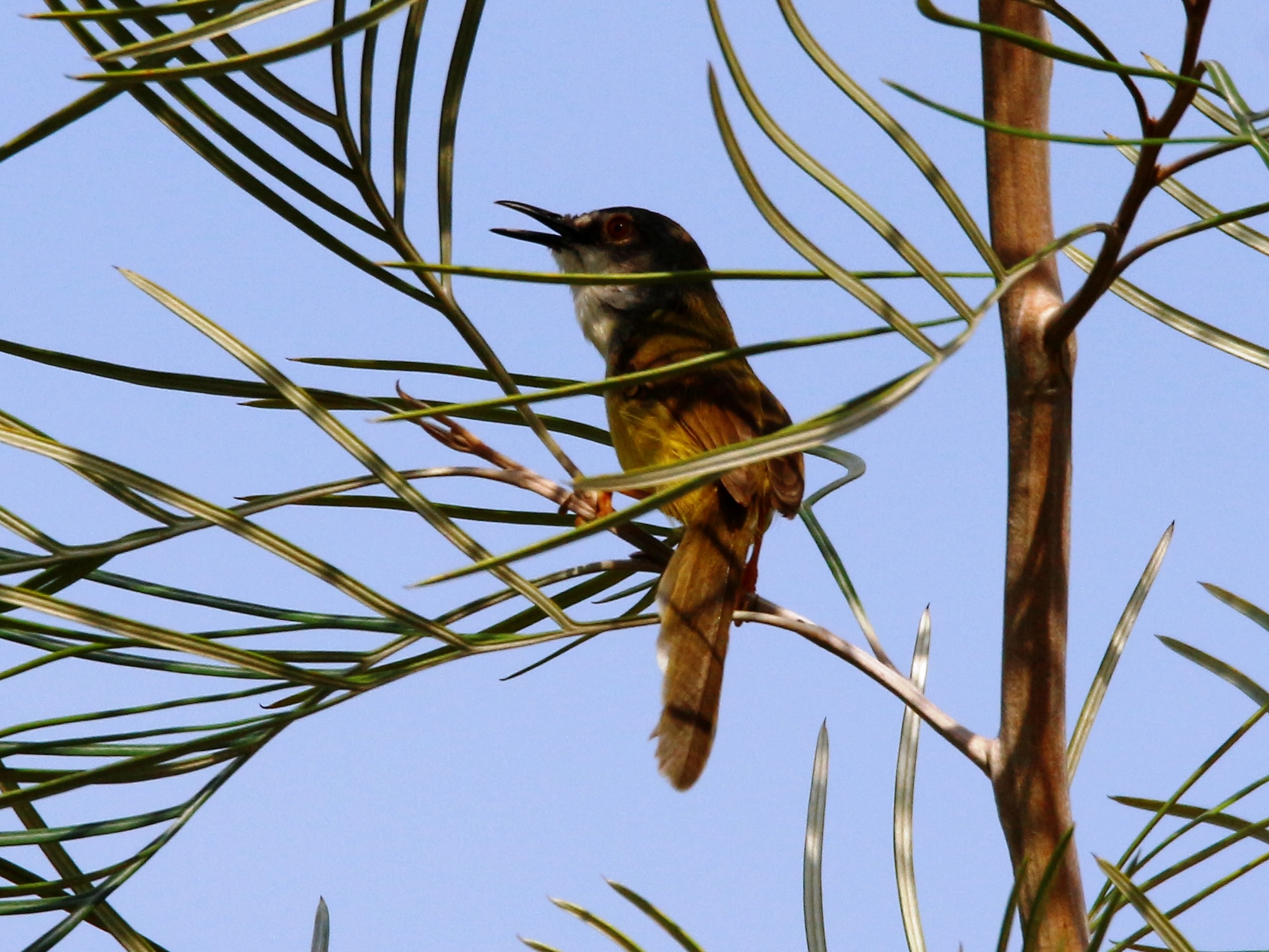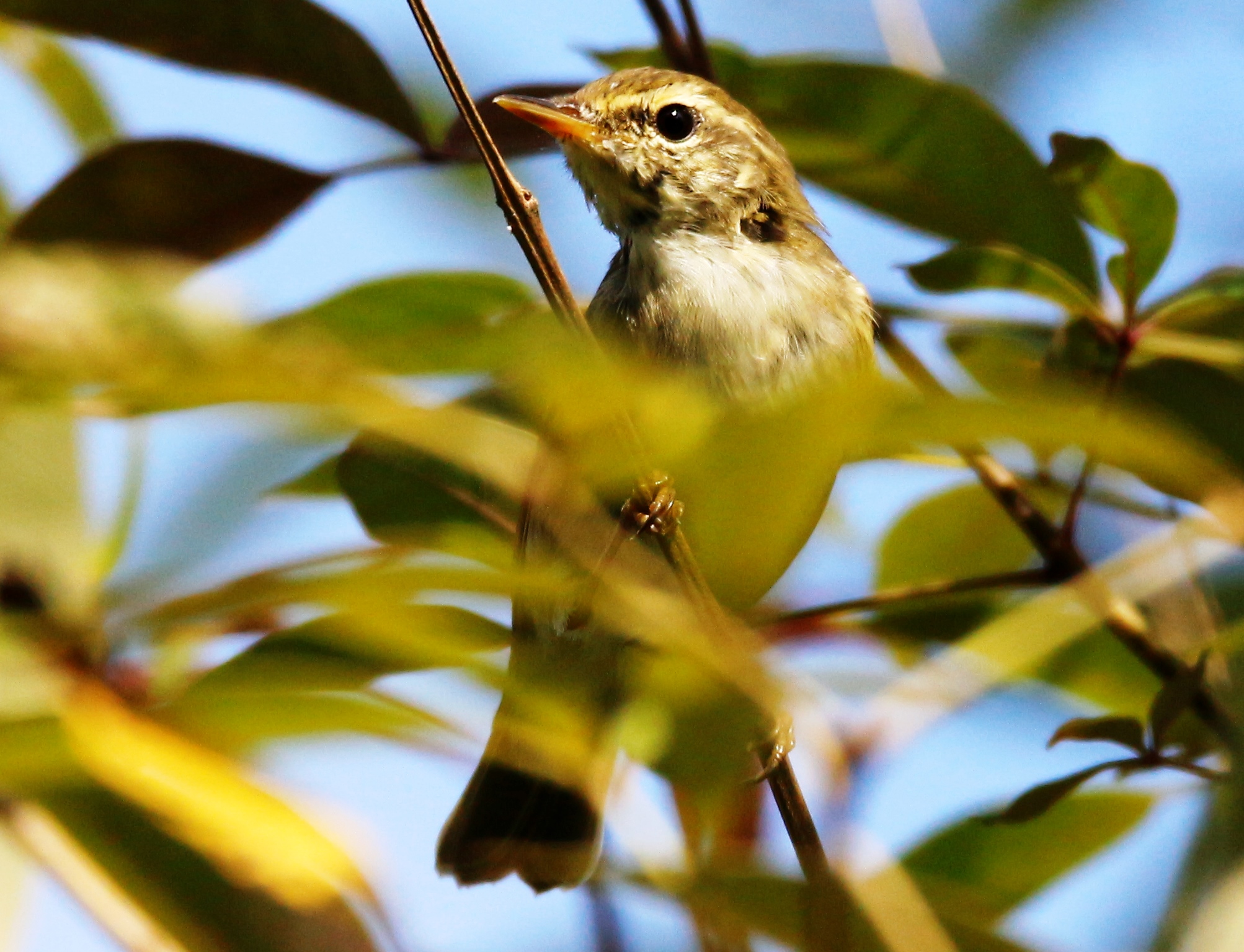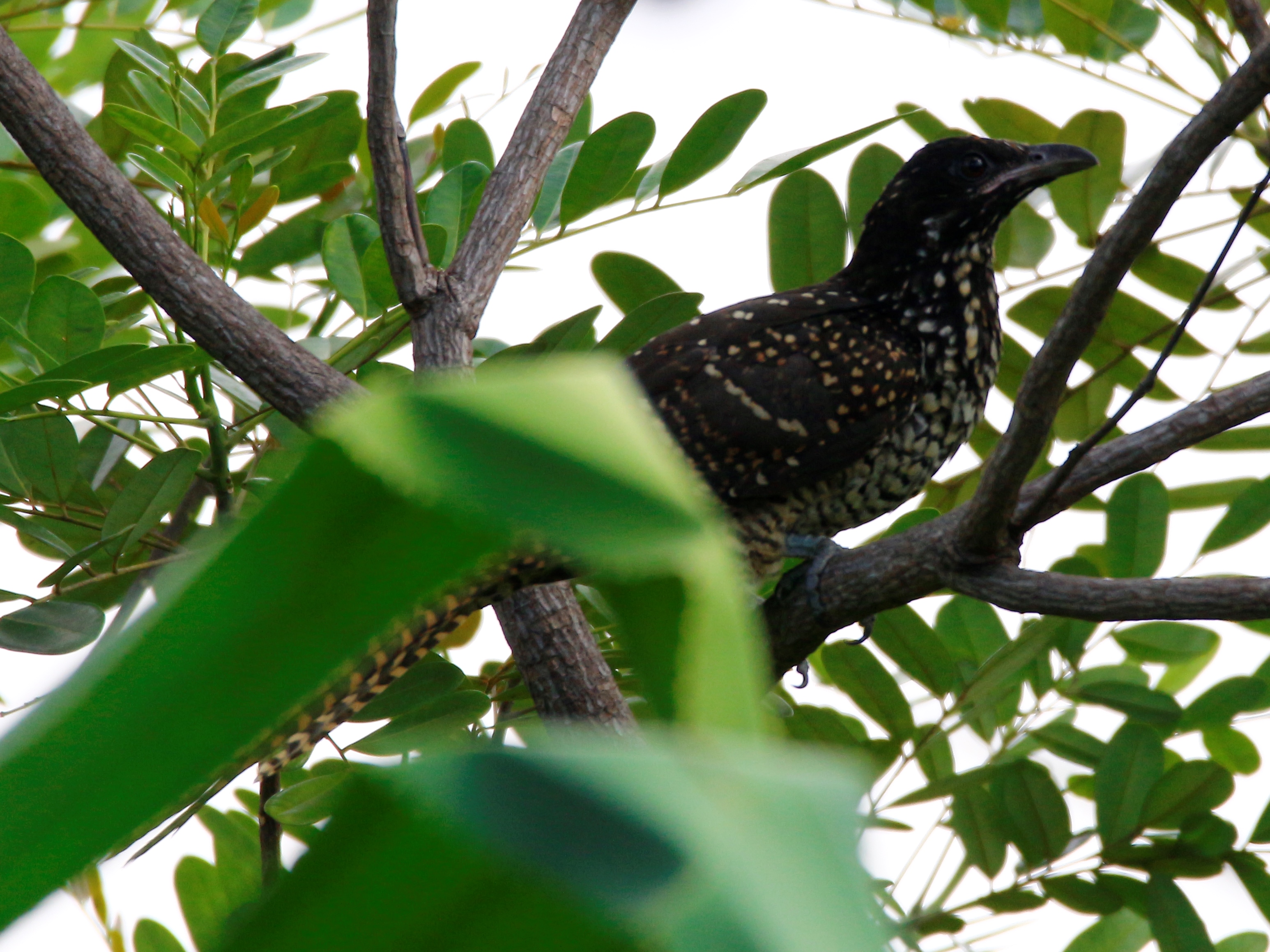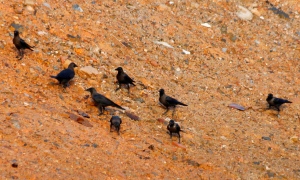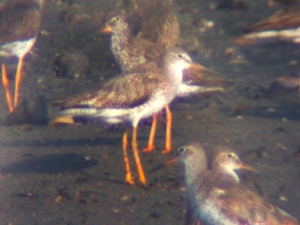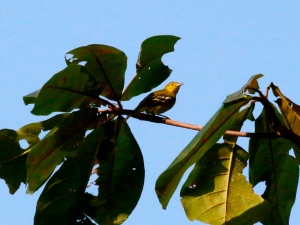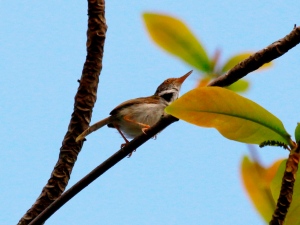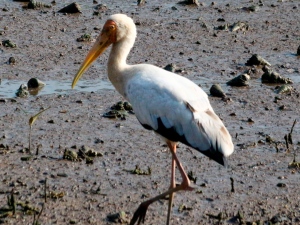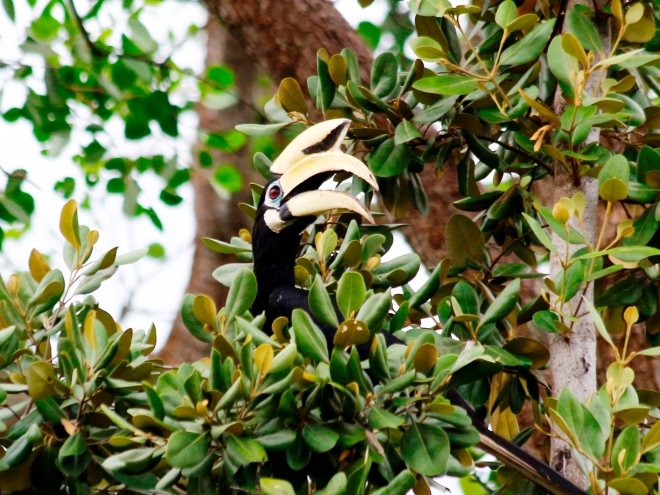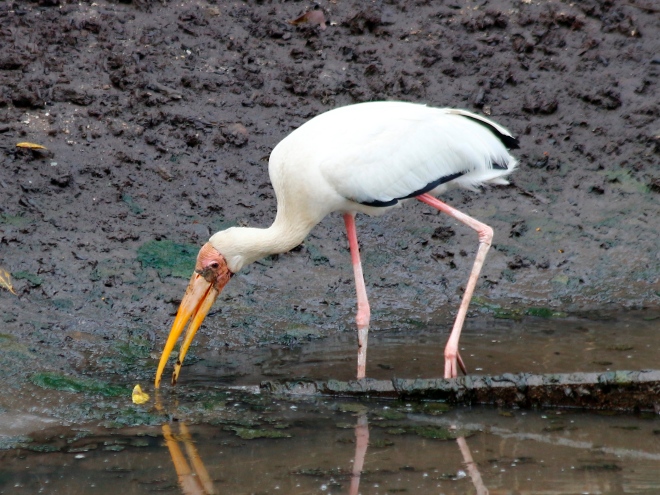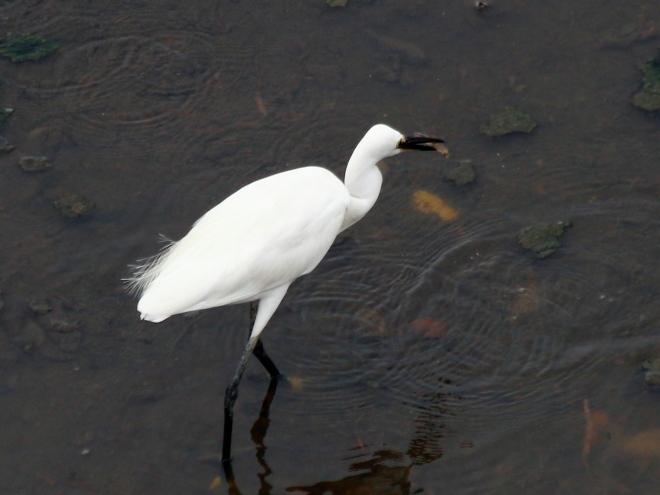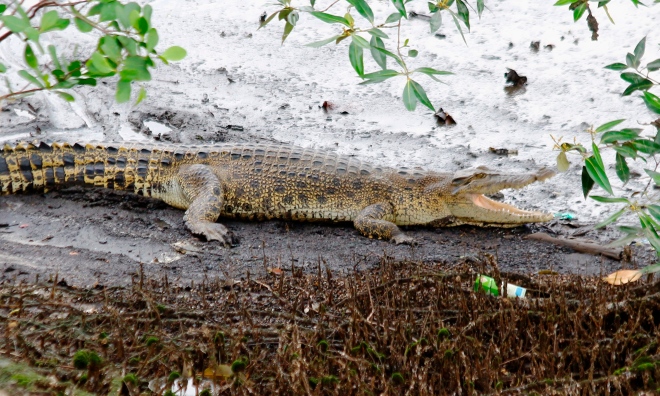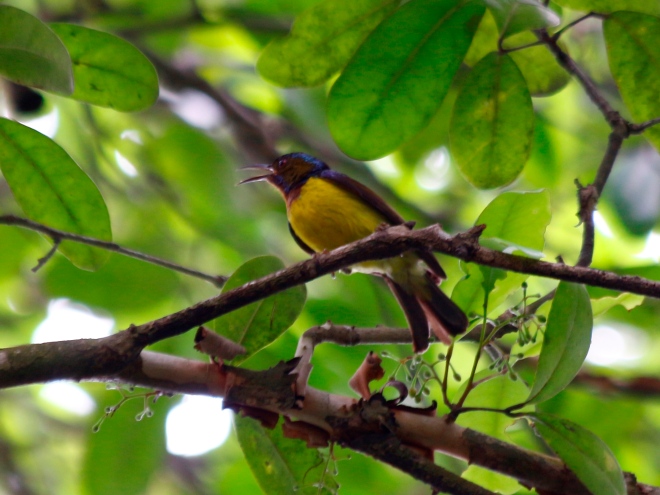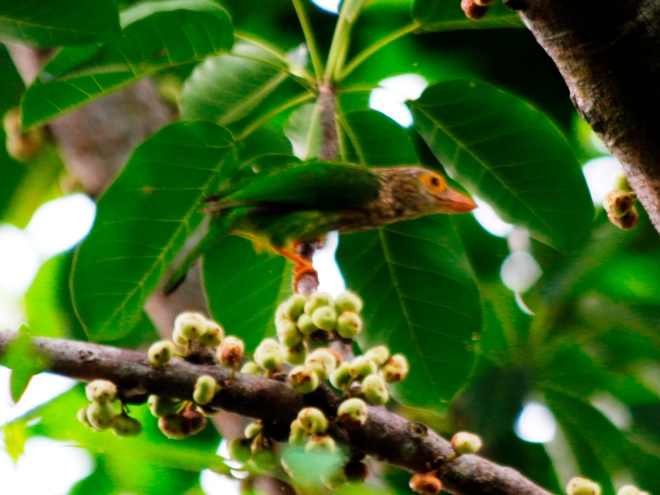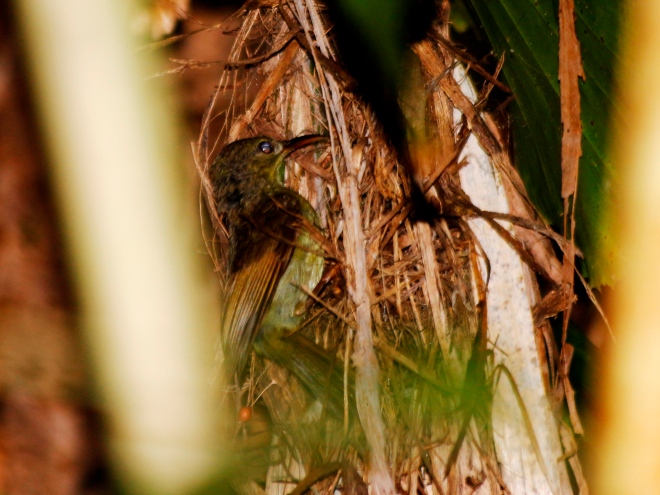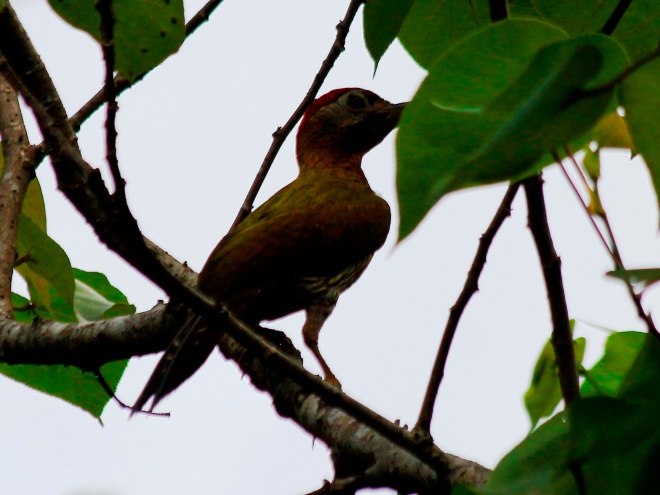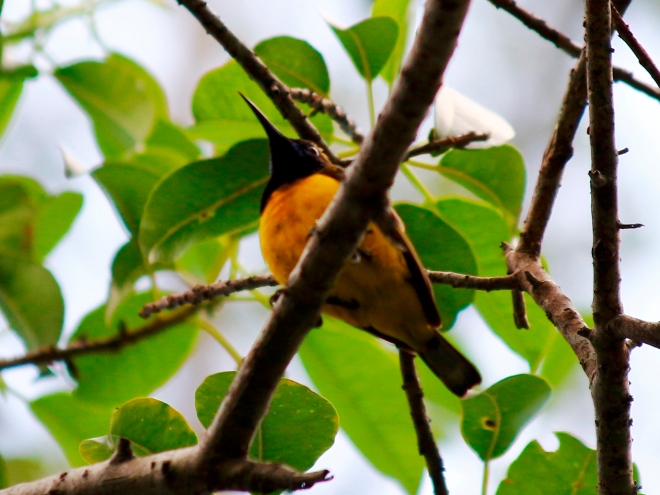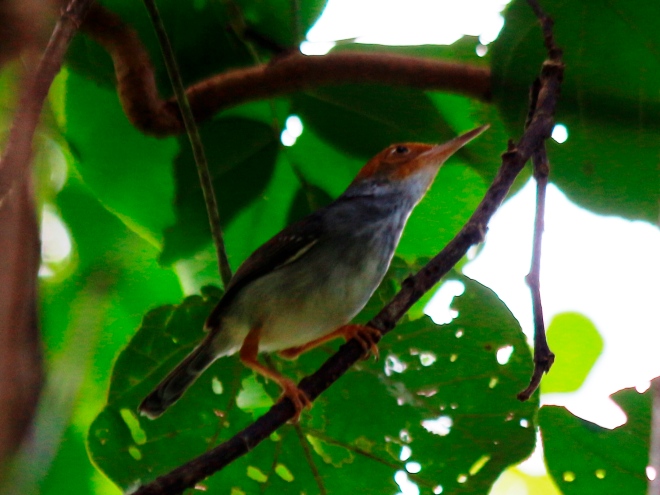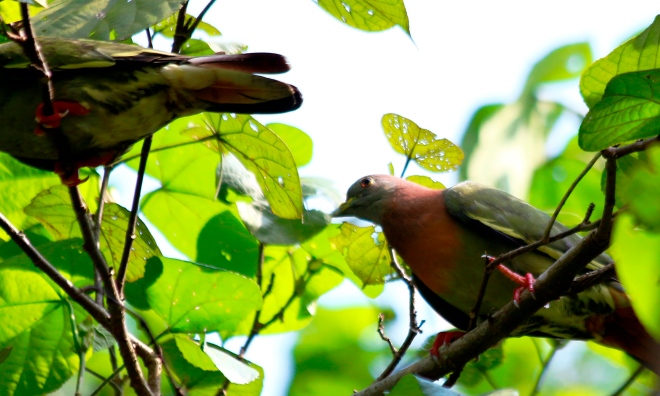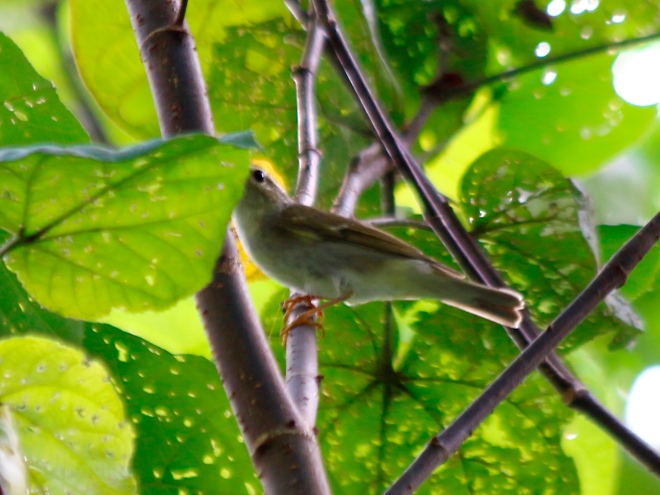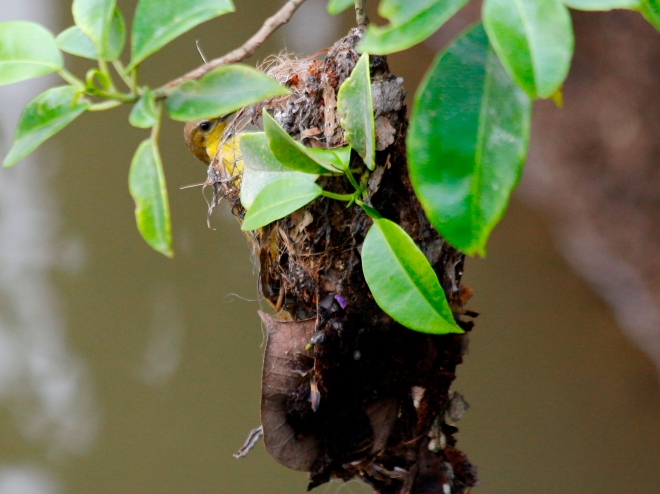The afternoon was rather cloudy when I managed to clear my work and made my way up the hill. But a chance to a have a picture of the supposed thrush was too tantalising for me to set aside and wait for the weekend, which will inevitably be very crowded. The last time I came across the Siberian Thrush was in 2018 at Dairy Farm. Even then, it was only a glimpse through the thick foliage. Without any photo, I was determined not to let go of another opportunity with this bird.
And so there I was on the summit after a quick 15-min climb with the grey skies threatening to ruin the afternoon. There were surprisingly quite a number of climbers and other random visitors on this gloomy Wednesday afternoon. More disappointingly, the birds were rather quiet despite the fruiting fig tree. I decided to wait out the rest of the afternoon here instead of my earlier, more ambitious plan to bird both the summit and Hindhede as well.
While waiting for the activity to pick up, I worked on the common scarlet-backed flowerpeckers that zip between the trees and the Arctic warblers that flit between twigs and snags. These small birds are rather conspicuous and easy to see but quite a challenge to photograph. Most of the pictures turned out horrible in the bleak weather.

Arctic Warbler
After a long while, there was a sudden uptick in activity in the treetops. Thick-billed Green Pigeons descended upon the fig tree. And there was also a Jambu Fruit Dove that was well hidden in the foliage which I only discovered when processing the photos at home later that night. Scanning around using binoculars, I eventually managed to pick out the lone starling-sized odd bird in the distance. Several shots were fired, but as before with the little birds, many were blurry, out of focus and had huge ISO numbers. Despite the odds, a few could barely be salvaged. Had this been a regular bird, these photos would have been deleted immediately but this thrush is a special bird…every picture is precious (for now).
The bird did not stay long…the rendezvous was only for a couple of minutes. Yet, I was hopeful that it could possibly return with better views. So I just stayed on at the summit, even though it was fast approaching 5pm. Meanwhile a pair of Brown-backed Needletails stunned me when they sliced the air just over the canopy for a second or two. These large swifts were prominent and should be relatively easy to shoot but I was caught off-guard this time by their low flight.
Turning up to the skies, there was a steady stream of Pacific Swifts coming in throughout the evening from the east. And there were a number of raptors making an appearance too – a migrating Chinese Sparrowhawk, a pair of resident Brahminy Kites, 5 Oriental Honey-buzzards, a calling Changeable Hawk-eagle and the best one of them all – a thermalling Grey-faced Buzzard!
For a quiet evening, this had been a rather fantastic birding trip. Not only did I succeed in my attempt to see the thrush, I got several of the less common birds too. So it was indeed the icing on the cake when I spotted two Silver-backed Needletails drifting overhead leisurely, giving me several opportunities to shoot and admire them. What a truly enjoyable afternoon!
The ebird list for the afternoon is here: https://ebird.org/checklist/S61038547





























































